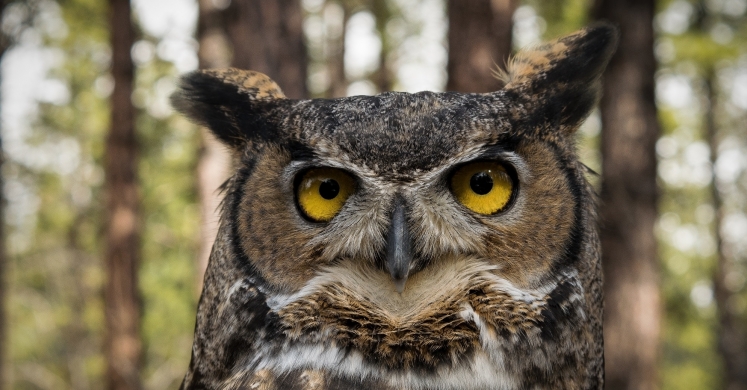Blog

#bioPGH Blog: The Winged Creatures of Halloween
 A resource of Biophilia: Pittsburgh, #bioPGH is a weekly blog and social media series that aims to encourage both children and adults to reconnect with nature and enjoy what each of our distinctive seasons has to offer. From the best times to plant seasonal flora and enjoy their peak blooms, to astronomical events and creatures to keep an eye and ear out for, Phipps will keep you in the know with what’s going on in our environment!
A resource of Biophilia: Pittsburgh, #bioPGH is a weekly blog and social media series that aims to encourage both children and adults to reconnect with nature and enjoy what each of our distinctive seasons has to offer. From the best times to plant seasonal flora and enjoy their peak blooms, to astronomical events and creatures to keep an eye and ear out for, Phipps will keep you in the know with what’s going on in our environment!
Porches are decorated with jack-o’-lanterns and scarecrows, and spooky or sparkly costumes are ready for a weekend of pumpkin cupcakes and trick-or-treating. Halloween weekend is here! As much as we love the festivities, what of the animals who adorn our eerie window clings and front lawn décor? The bats, owls, and the ominous crows and ravens? Are they something to be feared, or are they exciting members of our local wildlife communities? Let’s look at them a bit more closely!
First, let’s talk about bats, and oh! how they can make some folks shiver. The truth is, though, bats are excellent creatures to have about! The majority of bats across the planet are insectivores, meaning if you don’t like mosquitoes, you’ll love bats. The remaining species of bats are largely frugivores (fruit-eaters), while some species might hunt small prey. Of the thousand species of bats in the world, though, only three South American species of vampire bats gave rise to notorious legends that strike Transylvanian fear into our Halloween parties and nighttime walks. But never fear, you won’t find them here. Instead, keep your eyes open for Pennsylvania’s most common bat species, the little brown bat (Myotis lucifugus). They will be out and about this time of year until November when they will find a cave for hibernation. Find more about bats in this previous #bioPGH post!
Now what of the owls? Often considered a creepy animal because of their nocturnal behavior and haunting hooting; however, their array of adaptations for life at night is part of what makes them so interesting. Owls have unusual flight feathers to help them fly silently. If you ever have a chance to see owl feathers up close, you’ll notice the edges are serrated and soft. This odd texture muffles sound as they flap their wings, allowing them to sneak up on prey. Also, to help see in the dark, owls detect as much light as possible with their enormous eyes. In fact, their eyes are so large that there isn’t enough room for eye muscles in their skulls—meaning their eyes cannot move the way ours can. Instead, owls have double the number of neck vertebrae as humans and can turn their heads around almost to the back (but they cannot turn a full 360 degrees!)
Let’s move on to our corvid Halloween friends, the crows and ravens. Considering that the collective noun for a group of crows is a “murder,” it makes sense that we have a spooky association with these birds. These birds, however, are absolute wonders of intelligence. In lab studies, crows out-performed chimpanzees in some aspects of problem solving, and they performed nearly as well on some activities as 5- to 7-year-old children. Crows in Japan have even learned to use safely use crosswalks at busy intersections so that cars can break open nuts with tough shells!
Connecting to the Outdoors Tip: Aren’t you excited about our winged Halloween creatures? Since some of the creatures are nocturnal, keep watch for them in the late evenings. You can find our feathered friends year round in Western PA, and you have at least a few more weeks to spot a bat before they go into hibernation. Just be sure this weekend that you watch out for spooks and ghouls!
Continue the Conversation: Share your nature discoveries with our community by posting to Twitter and Instagram with hashtag #bioPGH, and R.S.V.P. to attend our next Biophilia: Pittsburgh meeting.
Additional Resources
Pennsylvania Game Commission—Bats
BBC Wildlife—Wild Crows Inhabiting the City Use it to Their Advantage
Select photos © Wikimedia Users: Jon Nelson CC-BY-2.0 and dcrjsr CC-BY-3.0

